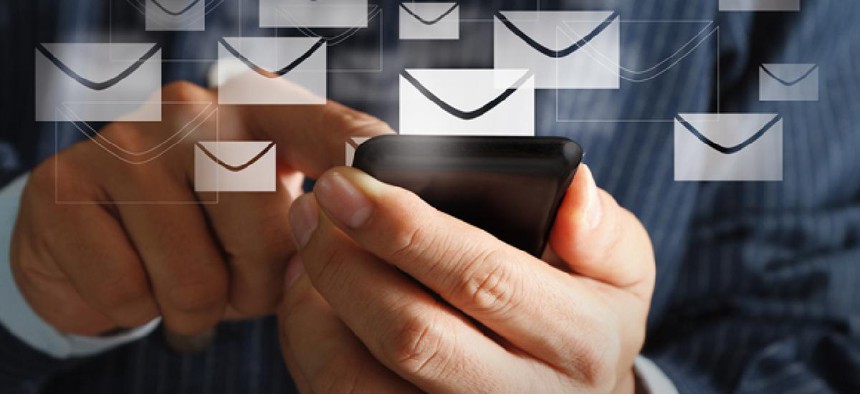
nokhoog_buchachon /Shutterstock.com
Three Steps to Avoid an E-Mail Disaster
Take some time and avoid problems, says our management coach.
We’ve all been there. You get an e-mail that makes you angry, disappointed or just generally torques you out. Before you even realize it, you’re typing out a reply that will bring swift justice and retribution to the offending party. It’s at this point that you need to cue the scene from an action movie where the hero is trying to save someone from impending disaster, waves his arms and screams, “Nooooooo!!!!!”
If you ignore that guy and click send, you might be creating a disaster for yourself. Earlier this month, I was talking with a senior manager who told me that early in his career he sent an email that has cost him $300,000 to date. That’s the amount of salary increases he figures he’s missed out on as a result of the promotion that was cancelled after he sent his flamer. He learned his lesson about e-mailing when torqued but at a very high and very tangible price.
Don’t let it happen to you. Here are three steps you can take to avoid creating an e-mail disaster for yourself and others.
WAIT: While I don’t have any stats to back it up, I’m willing to bet that most e-mail replies that cause problems for their senders are written and sent within a few seconds or minutes of reading the incoming e-mail. As they say in the emotional intelligence biz, it’s that old amygdala hijack. Here’s how to avoid that. Write out a Post-It note right now that says, WAIT, and stick it on your computer. My coaching friend, Frank Ball taught me that WAIT is an acronym for Why Am I Talking? It can also stand for Why Am I Typing? Seeing that big WAIT by your screen just might cause you to slow down enough to avoid disaster.
Breathe: When you do slow down, step away from the computer and breathe. Taking a few deep breaths will help clear out the neuro-chemicals that have taken you to DefCon Five. For extra bonus points, go for a walk. If necessary, make it a long one.
Respond: Humans are the only species that have the capacity to manage the gap between stimulus and response. The incoming e-mail was the stimulus. If you give yourself the chance, you get to choose how to respond. In doing so, ask yourself two questions. What am I trying to accomplish over the longer run here? And, what’s the best way for me to respond to accomplish that? The best response may not be an e-mail at all. It might be a conversation.
What strategies or tactics do you use to avoid an e-mail disaster? What’s the worst thing you’ve seen happen as a result of e-mail flame throwing?







